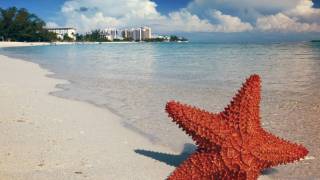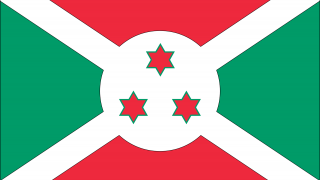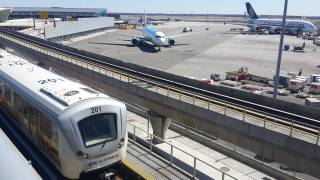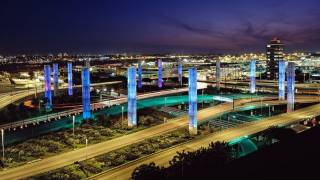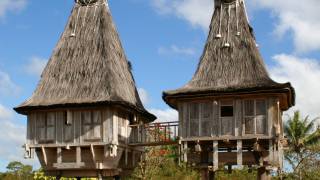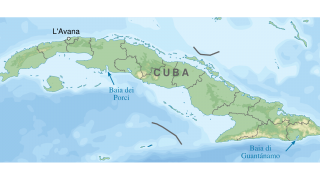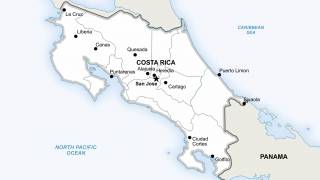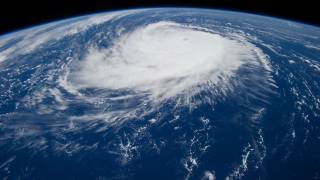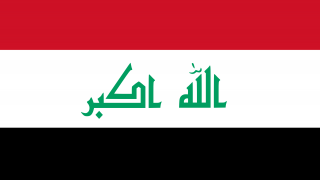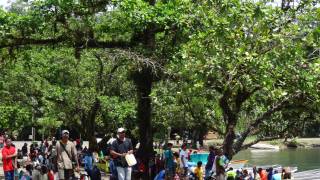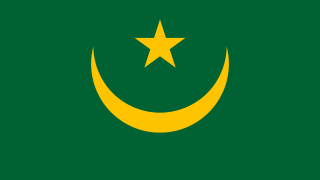Peru Travel Advisory Updated by the U.S. Department of State

The US State Department issued a revised Travel Advisory regarding the Republic of Peru.
This Level 2 ‘Exercise Increased Caution’ Travel Advisory was issued on October 22, 2019, related to the end of the Pan American and the Parapan American Games, which were held in Lima, Peru.
But, the US Department of State continues to alert visitors to Peru with Level 4, ‘Do Not Travel’ Advisories, for the following areas:
- The Colombian - Peruvian border area in the Loreto Region due to crime. US government personnel are restricted from traveling within 20 kilometers of the border with Colombia in the Loreto region, except on the Amazon River itself, without permission. This includes travel on the Putumayo River, which forms most of the Peru-Colombia border.
- The Valley of the Apurímac, Ene, and Mantaro Rivers (VRAEM), including areas within the Departments of Ayacucho, Cusco, Huancavelica, and Junin. In urban areas, the crime rate has increased. U.S. government personnel are restricted from traveling in the VRAEM except for certain areas during daylight hours.
Should US citizens require assistance, the US government personnel cannot travel freely throughout Peru for security reasons. And, the State Department says ‘the risk of crime increases after hours and outside the capital city of Lima where more organized criminal groups have been known to use roadblocks.’
Previously, the Canadian government issued a similar advisory, last updated on October 8, 2019.
Additionally, the UK Foreign Travel Service updated its Advisory for Peru on September 19th, when the Peruvian government declared a 60-day state of emergency due to the risk of collapse of part of the Costa Verde cliff, near the city of Lima. The affected areas include the districts of San Miguel, Magdalena del Mar, San Isidro, Miraflores, Barranco, and Chorrillos.
This is unfortunate news since Peru is experiencing a rapid increase in tourism.
According to the Ministry of Foreign Trade and Tourism, the Inca country welcomed 4.4 million foreign tourists last year, a 9.6 percent increase from 2017. The majority of Peru’s visitors came from Chile and the United States. Together, they accounted for 50 percent of the total.
Peru is a South American country of 32 million residents, located on the western coast. Peru is also home to a section of the Amazon rainforest and Machu Picchu, an ancient Incan city high in the Andes mountains.
If you decide to visit Peru, the US Department of State suggests the following preventive actions:
- Do not physically resist any robbery attempt, nor display signs of wealth, such as wearing expensive watches or jewelry.
- Enroll in the Smart Traveler Enrollment Program to receive Alerts and make it easier to locate you in an emergency.
- US citizens who travel abroad should always have a contingency plan for emergency situations, such as this Traveler’s Checklist.
- The US Embassy is located at Avenida La Encalada cdra. 17 s/n, Surco, Lima 33, Peru. The telephone is (51-1) 618-2000.
Regarding health risks when visiting Peru, the US Centers for Disease Control and Prevention (CDC) suggested on June 20, 2019, that visitors to Peru are current with certain vaccines, such as Routine Vaccines and the measles-mumps-rubella (MMR), Hepatitis A and Typhoid vaccinations.
Additionally, the CDC suggests the Stamaril Yellow Fever vaccine for all travelers older than 9 months of age, visiting most areas less than 7,546 feet in elevation, such as the regions of Amazonas, Loreto, Madre de Dios, San Martin and Ucayali, Puno, Cusco, Junín, Pasco, and Huánuco, and designated areas of the far north of Apurimac, far northern Huancavelica, far northeastern Ancash, eastern La Libertad, northern and eastern Cajamarca, northern and northeastern Ayacucho, and eastern Piura.
Moreover, the Stamaril vaccine should be administered at least 10 days before entering an endemic area, since protective immunity may not be achieved until at least this time has elapsed.
Furthermore, Peru is included in the CDC’s Global Measles Outbreak Notice, issued on June 10, 2019.
And, both the Public Health Agency of Canada and the UK have issued warnings regarding the Zika virus, recommending pregnant women and those considering becoming pregnant, should avoid travel to Peru.
Pre-departure vaccination services, related travel medications, and counseling appointments can be scheduled with a local pharmacy by visiting Vax-Before-Travel.
Additional financial support programs can be found at Vaccine Discounts.
Travel news is published by Vax-Before-Travel.
Our Trust Standards: Medical Advisory Committee



